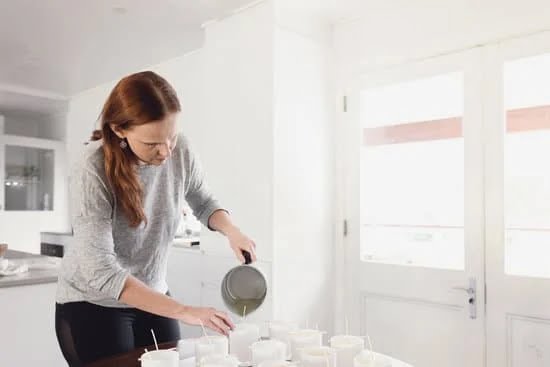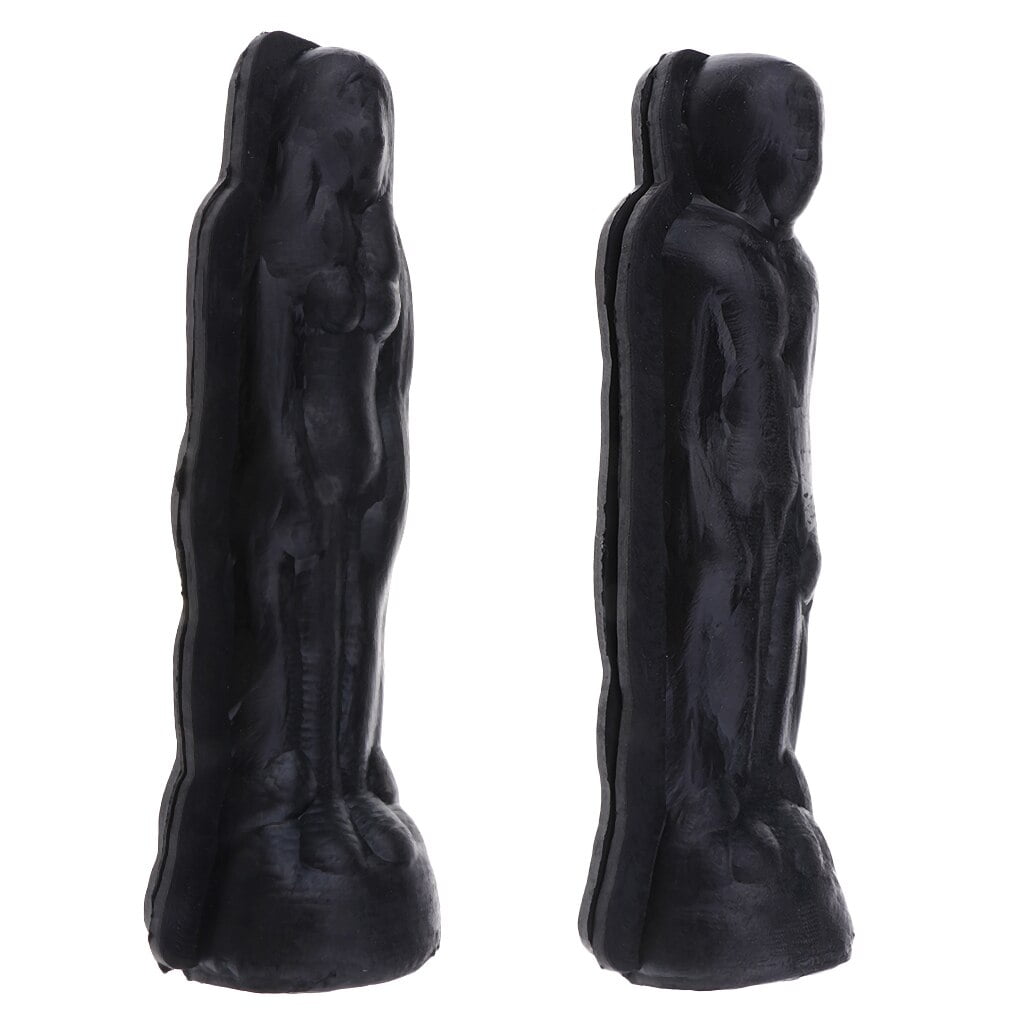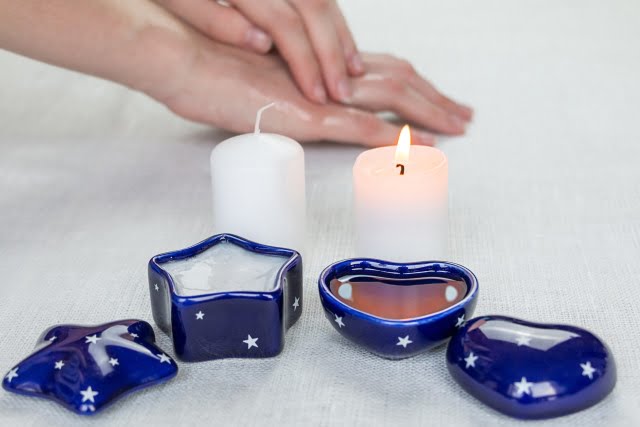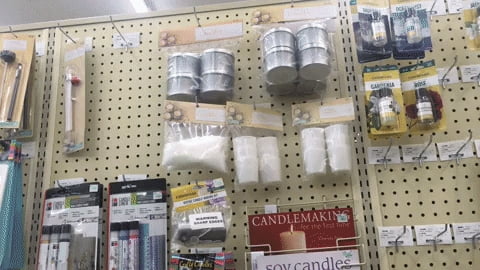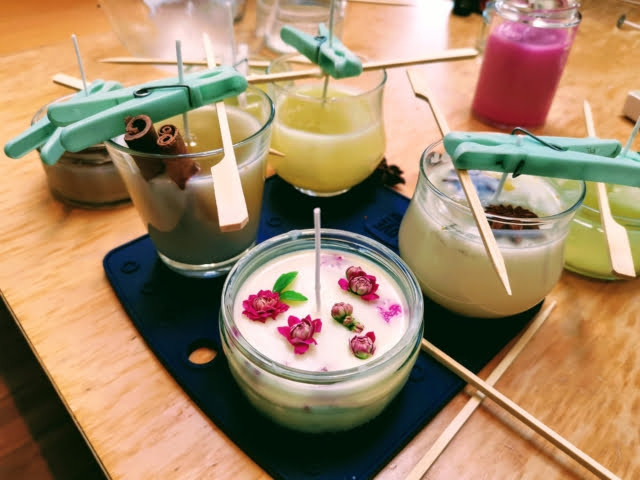Do you ever wonder about the history behind candle making? Colonial crafts candle making holds a significant place in early American history. From its origins in colonial times to its influence on modern-day candle making, this timeless craft continues to intrigue and inspire people around the world.
During colonial times, candles were an essential commodity used for lighting, cooking, and even as a form of currency. In this introductory section, we will delve into the rich history of candle making in colonial America and explore the materials, tools, and techniques used during that era. We will also discuss how the art of candle making has evolved and influenced modern-day practices.
Join us on a journey back in time as we learn about the importance of candle making in early America, popular colonial crafts candle making techniques, and how you can experience this historic craft through workshops or classes. Whether you are a history enthusiast or simply curious about traditional crafts, colonial crafts candle making offers a unique opportunity to connect with the past and explore your creativity.
History of Candle Making in Colonial Times
Candle making in colonial times was an essential skill for early American settlers. Candles were used to provide light in homes, as well as for religious and ceremonial purposes. The history of candle making in colonial times dates back to the early 17th century when European settlers brought their candle making traditions to the New World.
During this period, colonial crafts candle making was a labor-intensive process that required resourcefulness and creativity. Tallow, beeswax, and bayberry wax were the primary materials used to make candles. Tallow, a byproduct of animal fat, was readily available and commonly used by colonists to create candles. Beeswax was more expensive and often reserved for special occasions or religious ceremonies. Bayberry wax, derived from the berries of the bayberry bush, was also utilized when available.
Materials and Tools Needed:
- Tallow, beeswax, or bayberry wax
- Wicking (typically made from cotton)
- Molds or dipping racks
- Pots for melting wax
- Scissors
Step-by-Step Guide:
- Melt the wax in a pot over low heat
- Prepare the wicking by cutting it to the desired length
- Dip or pour the melted wax into molds or around the wicking
- Allow the candles to cool and harden before removing them from the molds
Importance of Candle Making:
Candle making played a vital role in colonial America as it provided a reliable source of light for daily activities. Additionally, candles were often used as a form of currency and traded among early settlers.
The ability to make candles using locally sourced materials allowed colonists to be self-sufficient and independent in providing light for their households. Colonial crafts candle making became an integral part of everyday life in early America and continues to be celebrated today through various workshops and classes teaching traditional candle making techniques.
Materials and Tools Needed for Colonial Crafts Candle Making
When it comes to Colonial Crafts Candle Making, having the right materials and tools is essential for creating high-quality candles. During colonial times, candle making was an important skill that required specific items to produce candles for lighting homes and businesses.
The materials needed for Colonial Crafts Candle Making include wax, wicks, molds, and dyes or scents for decoration. In colonial America, the most common type of wax used was tallow, which is rendered animal fat. Beeswax was also available but more expensive. Today, modern-day candle makers have a variety of options including soy wax, paraffin wax, and beeswax to choose from.
In addition to the materials, the tools needed for Colonial Crafts Candle Making are also important. These tools include a double boiler or melting pot to melt the wax, a thermometer to monitor the temperature of the wax, molds for shaping the candles, wicking needle or pin for threading wicks through the molds, and a cutting tool for trimming the finished candles.
It’s important to invest in good quality tools to ensure safety and efficiency while making colonial style candles.
Whether you are a beginner or an experienced candle maker, having the right materials and tools is crucial in creating beautiful and long-lasting colonial style candles that pay homage to this historical craft. With the proper resources at hand, anyone can learn and enjoy this traditional practice inspired by colonial crafts candle making techniques.
Step-by-Step Guide to Making Colonial Style Candles
Candle making was an essential skill in colonial times, providing both light and heat. The process of creating candles was time-consuming and required specific materials and tools. By following a step-by-step guide, you can recreate the traditional colonial style candles at home.
Gathering Materials and Tools
To begin making colonial style candles, you will need to gather some basic materials and tools. This includes beeswax or tallow, candle wicking, a double boiler or large pot for melting the wax, a mold for shaping the candle, and a thermometer to monitor the temperature of the wax.
Melting the Wax
The first step in creating colonial style candles is to melt the wax. If you are using beeswax, it is important to melt it slowly at a low temperature to avoid scorching. Keep a close eye on the thermometer to ensure that the wax reaches the correct temperature for pouring into the mold.
Pouring and Setting
Once the wax has reached the desired temperature, carefully pour it into the prepared mold. Make sure to secure the wick in place at the center of the mold before pouring. Allow the wax to cool and set completely before removing it from the mold. Trim the wick to your desired length and your colonial style candle is ready for use.
By following these simple steps, you can create beautiful colonial style candles that pay homage to this historical craft. Whether for personal use or as a unique gift, candle making allows us to connect with our past and appreciate the timeless art of colonial crafts candle making.
Importance of Candle Making in Colonial America
Candle making was an essential skill in colonial America, as it provided a much-needed source of light for households during the evening hours. Before the widespread availability of electricity, candles were the main source of illumination after sunset. This made candle making a crucial craft for colonial families to ensure that they had enough light to work, study, and socialize once darkness fell.
In addition to providing light, candles were also used for cooking and heating small spaces. Tallow candles, which were made from animal fat, and beeswax candles were the most common types used in colonial America. The availability of these materials allowed colonists to produce their own candles, ensuring that they had a reliable source of light and heat throughout the year.
Moreover, candle making also played a significant economic role in colonial America. Colonists often traded or sold surplus candles to their neighbors or local markets. In some cases, candle making became a specialized trade within the community, with skilled artisans producing high-quality candles for sale. This demonstrates how candle making not only met practical household needs but also contributed to the colonial economy.
| Importance of Candle Making | Colonial America |
|---|---|
| Source of Light and Heat | Candles were essential for providing illumination and warmth during evenings. |
| Economic Role | Candle making played a significant economic role as colonists often traded or sold surplus candles. |
| Specialized Trade | In some cases, skilled artisans produced high-quality candles for sale. |
Popular Colonial Crafts Candle Making Techniques
The art of candle making in colonial times involved various techniques that have been passed down through generations. These techniques were essential for providing light in homes before the invention of electricity. Here are some popular colonial crafts candle making techniques:
1. Dipping: One of the most traditional techniques, dipping involves repeatedly dipping a wick into wax to build up layers and create a candle. This method requires patience and precision to ensure the candles are even and sturdy.
2. Molding: Colonial craftsmen used molds made from materials like tin, pewter, or wood to create intricate candle shapes. The wax was melted and poured into the mold, then left to cool and harden before being removed.
3. Bayberry Candle Making: Bayberry candles were highly valued in colonial times due to their pleasant scent and clean-burning properties. Extracting wax from bayberries was a labor-intensive process, but the resulting candles were considered a luxury item.
4. Taper Rolling: Taper candles were commonly made by rolling sheets of beeswax around a wick to create long, slender candles. This technique required skill to ensure the taper was consistently shaped.
5. Carving: Skilled craftsmen would carve elaborate designs into solidified wax to create decorative candles for special occasions or religious ceremonies.
The techniques used in colonial crafts candle making require attention to detail and dedication to the craft, resulting in beautiful and functional pieces that played an important role in everyday life.
Modern Day Candle Making Inspired by Colonial Crafts
Traditional Techniques and Modern Adaptations
The art of candle making has evolved over the centuries, but the influence of colonial crafts can still be seen in modern candle making. While traditional techniques such as dipping and molding are still practiced today, modern adaptations have also emerged. Many candle makers now combine traditional methods with contemporary designs and scents, resulting in a diverse range of candles that pay homage to colonial craftsmanship.
Embracing Natural Ingredients
Colonial crafts candle making often utilized natural materials such as beeswax and tallow. In the modern era, there has been a renewed interest in using these natural ingredients for their sustainable and eco-friendly properties. Candle makers inspired by colonial crafts are embracing the use of beeswax, soy wax, and other natural materials to create candles that harken back to a time when simplicity and sustainability were paramount.
Preserving Heritage Through Candle Making
In an age marked by mass production and disposable goods, modern day candle making inspired by colonial crafts serves as a means of preserving heritage and connecting to the past. By learning and practicing traditional techniques, candle makers are able to keep alive the legacy of colonial crafts while infusing it with a contemporary twist. This fusion of old and new not only honors our history but also creates unique handcrafted candles that carry a story within every flame.
Tips for Choosing the Right Colonial Crafts Candle Making Workshop or Class
When looking for the right colonial crafts candle making workshop or class, there are a few key factors to consider in order to ensure a fulfilling and educational experience. Whether you are a beginner or more experienced candle maker, finding the right workshop can make all the difference in learning new techniques and gaining valuable insights into the historical art of candle making.
First and foremost, it’s important to research the background and expertise of the instructor leading the workshop. Look for someone who has a deep knowledge of colonial crafts candle making and a passion for preserving and sharing this historical art form. Additionally, consider their teaching style and whether it aligns with your own learning preferences.
Another important consideration is the class size and format. Smaller class sizes often provide a more intimate and hands-on experience, allowing for individualized attention from the instructor. It’s also beneficial to look for workshops that offer a good balance of demonstration and hands-on practice, as this can greatly enhance the learning process.
Finally, think about the location, duration, and cost of the workshop. Consider whether you prefer a local class or if you are willing to travel for a more specialized experience. Additionally, check if the workshop provides all necessary materials or if there are additional costs involved.
Finding the right colonial crafts candle making workshop or class can be a rewarding experience that not only allows you to learn new skills but also provides insight into an important historical craft that was essential in colonial America’s daily life.
| Workshop Considerations | Factors to Consider |
|---|---|
| Instructor Expertise | Research their background and expertise |
| Class Size and Format | Consider smaller classes with hands-on practice |
| Location, Duration, Cost | Check for location, duration, and included materials |
Conclusion
In conclusion, colonial crafts candle making is a timeless art that has played an important role in the history of Colonial America. The process and techniques used by early settlers have continued to influence modern candle making practices, bringing a sense of tradition and authenticity to the craft. Despite the availability of mass-produced candles in today’s market, there is still a significant interest in learning and preserving the traditional methods of colonial crafts candle making.
By understanding the history and significance of candle making in Colonial America, we gain a greater appreciation for the skill and craftsmanship involved in creating these essential items. The materials and tools used during colonial times may have evolved, but the basic principles remain essentially unchanged. This connection to our past adds depth and meaning to the practice of candle making, making it more than just a hobby or a business venture.
Whether it’s for personal use or as part of a professional endeavor, participating in a colonial crafts candle making workshop or class can be an enriching experience. Learning from skilled artisans who have studied and mastered these traditional techniques can provide valuable insight into the art form.
It also serves as a way to keep these historical practices alive for future generations to appreciate and enjoy. Overall, colonial crafts candle making continues to hold its place as both a practical skill and an art form worthy of preservation and exploration.
Frequently Asked Questions
What Did Colonists Use to Make Candles?
Colonists used various types of materials to make candles, including tallow from animal fat, beeswax, and bayberry wax. These materials were melted and then molded or dipped to create the candles.
What Tools Were Used to Make Candles in Colonial Times?
In colonial times, settlers used basic tools such as pots, pans, molds, wicking material made from twisted cotton or flax fibers, and a heat source like a fireplace or stove to make candles. The process was labor-intensive but essential for providing light.
What Did Early Settlers in America Use to Make Candles to See at Night?
Early settlers in America used the resources available to them to make candles for nighttime illumination. This included rendering animal fat into tallow or collecting beeswax from beehives. Their resourcefulness was crucial for survival in the harsh conditions of the early colonial period.

Welcome to my candle making blog! In this blog, I will be sharing my tips and tricks for making candles. I will also be sharing some of my favorite recipes.

